Gallbladder removal (cholecystectomy)
Gallbladder removal (cholecystectomy) is one of the most common methods of surgical treatment of biliary system diseases. The operation is prescribed in the presence of persistent or recurring symptoms caused by disorders in the organ's functioning, and in cases where its further preservation may threaten the patient's health. Timely intervention helps to avoid serious complications and improve the patient's quality of life.

specialists

equipment

treatment
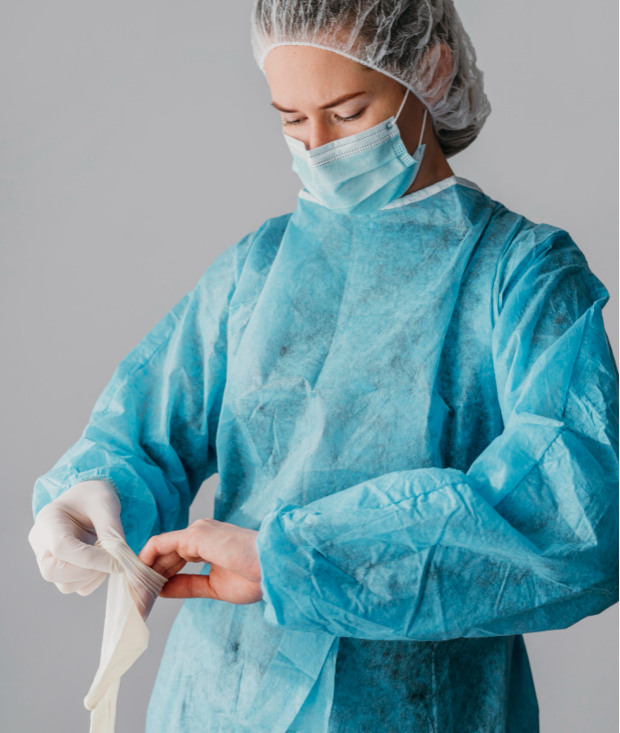
Advantages of Laparoscopic Cholecystectomy
The method is positioned as the "gold standard" of surgical treatment of gallbladder diseases. Main advantages:
- Minimal tissue trauma. The intervention is performed through small punctures, which reduces muscle and skin damage compared to open surgery
- Low pain syndrome. Thanks to the gentle access, postoperative pain is not pronounced, which reduces the need for painkillers
- Fast recovery. Patients can get out of bed 4-6 hours after surgery. Recovery after laparoscopy is faster than with abdominal surgery
- Minimal scars. After healing, barely noticeable traces of punctures remain on the skin
- Reduced risk of complications. The likelihood of wound infection, hernias or adhesions is lower than with open surgery
- Less blood loss. Modern technologies of coagulation and visual control allow the surgeon to work as accurately and carefully as possible
- Short hospital stay. Hospitalization in uncomplicated cases is usually limited to 1-2 days. This is convenient for patients planning minimal absence from work and family
- Quick return to normal life. Physical activity is gradually restored within 2-4 weeks
Due to the listed advantages, laparoscopic cholecystectomy is recommended for most patients who need gallbladder removal, as it allows for the treatment to be carried out as safely and effectively as possible.
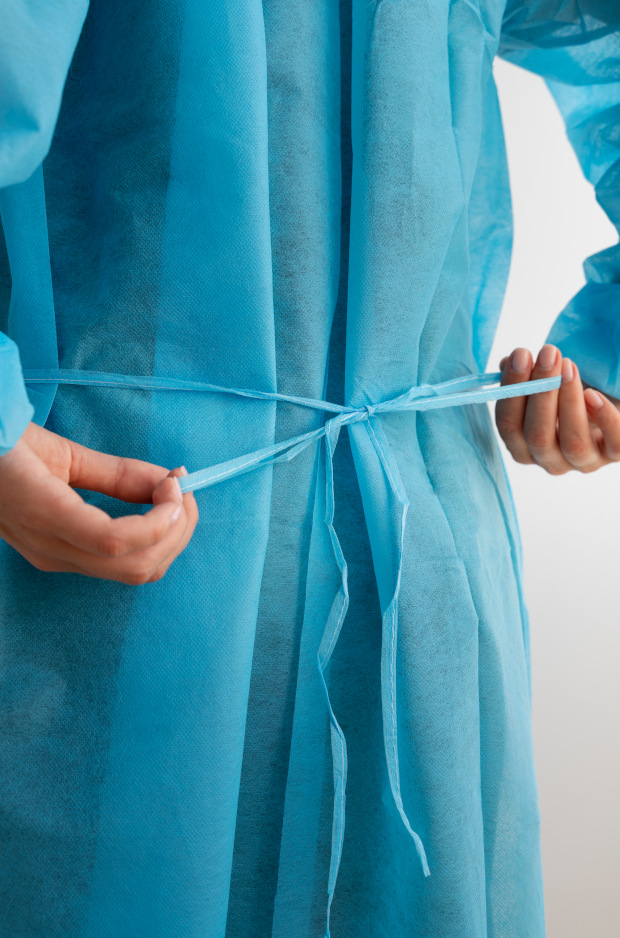
Indications for laparoscopic cholecystectomy
The operation is prescribed both on a planned and emergency basis in the presence of the following diseases:
- Cholelithiasis. The presence of stones in the gallbladder is considered the most common reason for surgery. Even in the absence of pronounced symptoms, there is a risk of developing acute cholecystitis, biliary colic and blockage of the bile ducts
- Acute and chronic cholecystitis. The pathology provokes inflammation of the gallbladder walls, accompanied by pain, fever, and indigestion. A chronic process can lead to thickening of the walls, scarring and decreased function of the organ
- Gallbladder polyps. Especially if the size of the formation exceeds 10 mm or its growth is observed. Some of the polyps have a high oncological potential and require removal of the organ
- Dyskinesia of the gallbladder and biliary tract. In case of organ motility disorder with persistent pain syndrome and lack of effect from drug therapy, the issue of surgical treatment is considered
- Mechanical jaundice and duct obstruction. Obstructive jaundice may develop when stones migrate into the common bile duct. After restoration of patency, organ removal is indicated to prevent relapses
- Perforation of the gallbladder. A dangerous complication in which the integrity of the organ wall is compromised. Requires immediate surgical intervention
- Calculous cholecystitis in pregnant women. In the presence of complications, laparoscopic cholecystectomy is possible (preferably in the 2nd trimester)
- Pancreatitis caused by gallstone disease. In case of repeated episodes of biliary pancreatitis, removal of the bladder is recommended as the cause of the disease
- Asymptomatic stones with a high risk of complications. The operation may also be indicated in the absence of complaints in patients with diabetes mellitus, immunodeficiency, or with an upcoming organ transplant
The decision on the need for surgery is made individually, based on the results of the examination and other factors.
Laparoscopic Cholecystectomy Prices
In the medical center "K+31" in Moscow, the operation is performed using gentle technologies and under the supervision of experienced surgeons. The clinic provides a high level of safety, highly informative diagnostics and comfort (patients have paid wards).
The cost of a paid operation depends on its volume, the need for preliminary treatment and the patient's condition. The current price for gallbladder removal in Moscow (in rubles) can be clarified during the consultation.
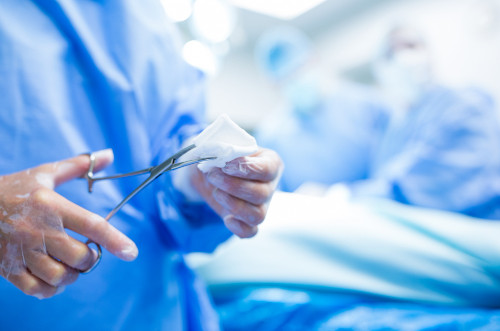
Frequently asked questions
How does the quality of life change after surgery?
Most patients feel better after gallbladder removal, pain, colic attacks and digestive problems associated with gallstone disease disappear. If you follow the doctor's recommendations and diet, the quality of life becomes higher than before the operation.
Will there be large scars on my stomach after surgery?
No. During laparoscopic cholecystectomy, 3-4 punctures are made, up to 1 cm in diameter. After healing, barely noticeable scars or pinpoint marks remain.
What kind of diet will be required?
In the first weeks after the operation, it is necessary to follow a gentle diet, exclude fatty, fried, spicy and smoked dishes. Steamed, boiled and stewed foods, lean meats and fish, porridges, soups are recommended. Gradually, the diet is expanded, but it is important to observe moderation.
How many days will I need to spend in hospital?
In uncomplicated cases, the operation is performed within one day. Discharge is possible within 24-48 hours after the intervention. The duration of hospitalization may increase in the presence of concomitant diseases or complications.
How many times do I need to come for check-ups after surgery?
Usually 1-2 visits are enough. The first one is after 7-10 days for examination and removal of sutures (if they are not self-absorbing), the second one is after a month, to assess the general condition and the result of recovery. If necessary, additional examinations are prescribed.
How long will it take before I can start doing sports?
Light physical activity (walking, exercises without using the abdominal muscles) is allowed after 2-3 weeks. Full-fledged training, including strength training and running, can be resumed after 1-1.5 months (after the doctor's permission).
Is it possible to perform the surgery over the weekend?
Yes, in case of planned intervention, without complications, the operation and discharge are possible within two days, including weekends. This is especially convenient for patients who want to minimize interruption from work or school.
What types of anesthesia are used in the surgical center?
For laparoscopic cholecystectomy, general (endotracheal) anesthesia is used, which provides complete pain relief, muscle relaxation and comfort for the patient. The anesthesiologist selects drugs individually, taking into account the state of health and associated factors.

This award is given to clinics with the highest ratings according to user ratings, a large number of requests from this site, and in the absence of critical violations.

This award is given to clinics with the highest ratings according to user ratings. It means that the place is known, loved, and definitely worth visiting.

The ProDoctors portal collected 500 thousand reviews, compiled a rating of doctors based on them and awarded the best. We are proud that our doctors are among those awarded.
Make an appointment at a convenient time on the nearest date
Price


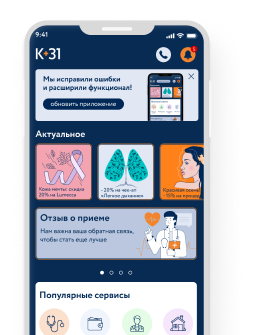



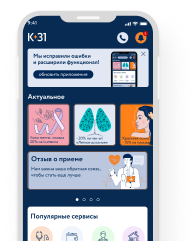
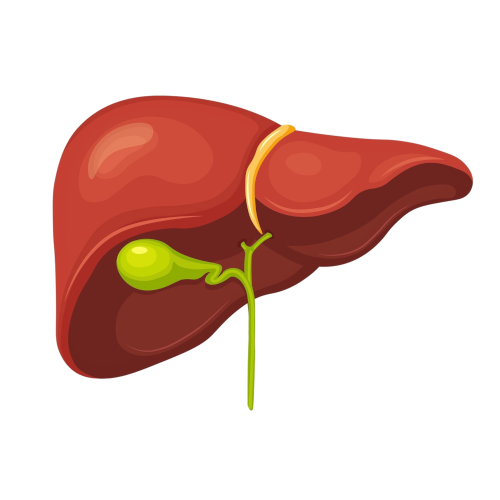















































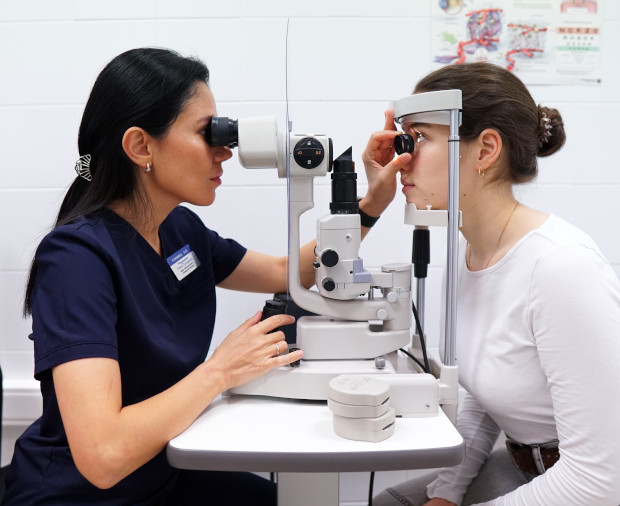
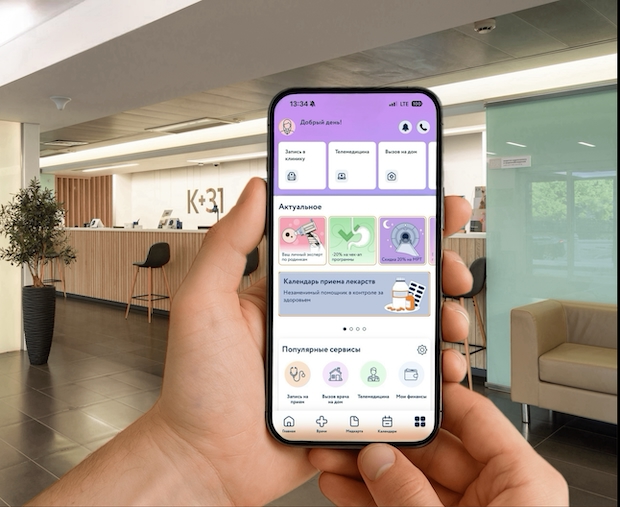
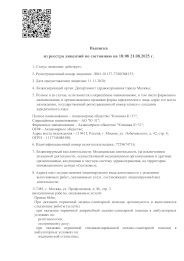
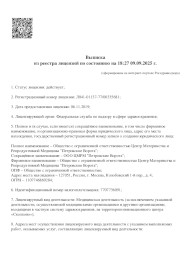
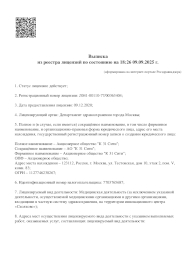
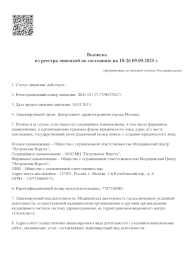
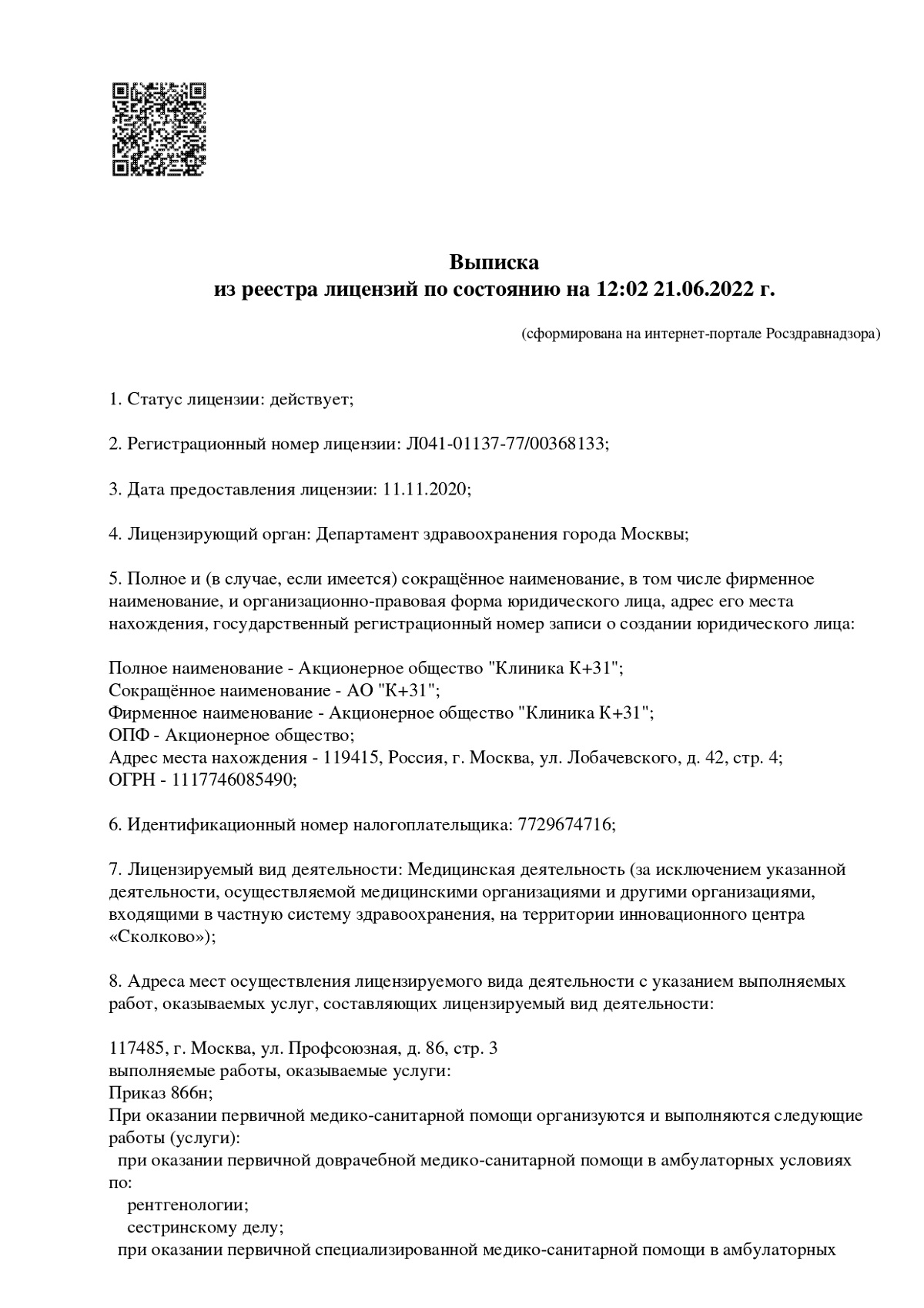
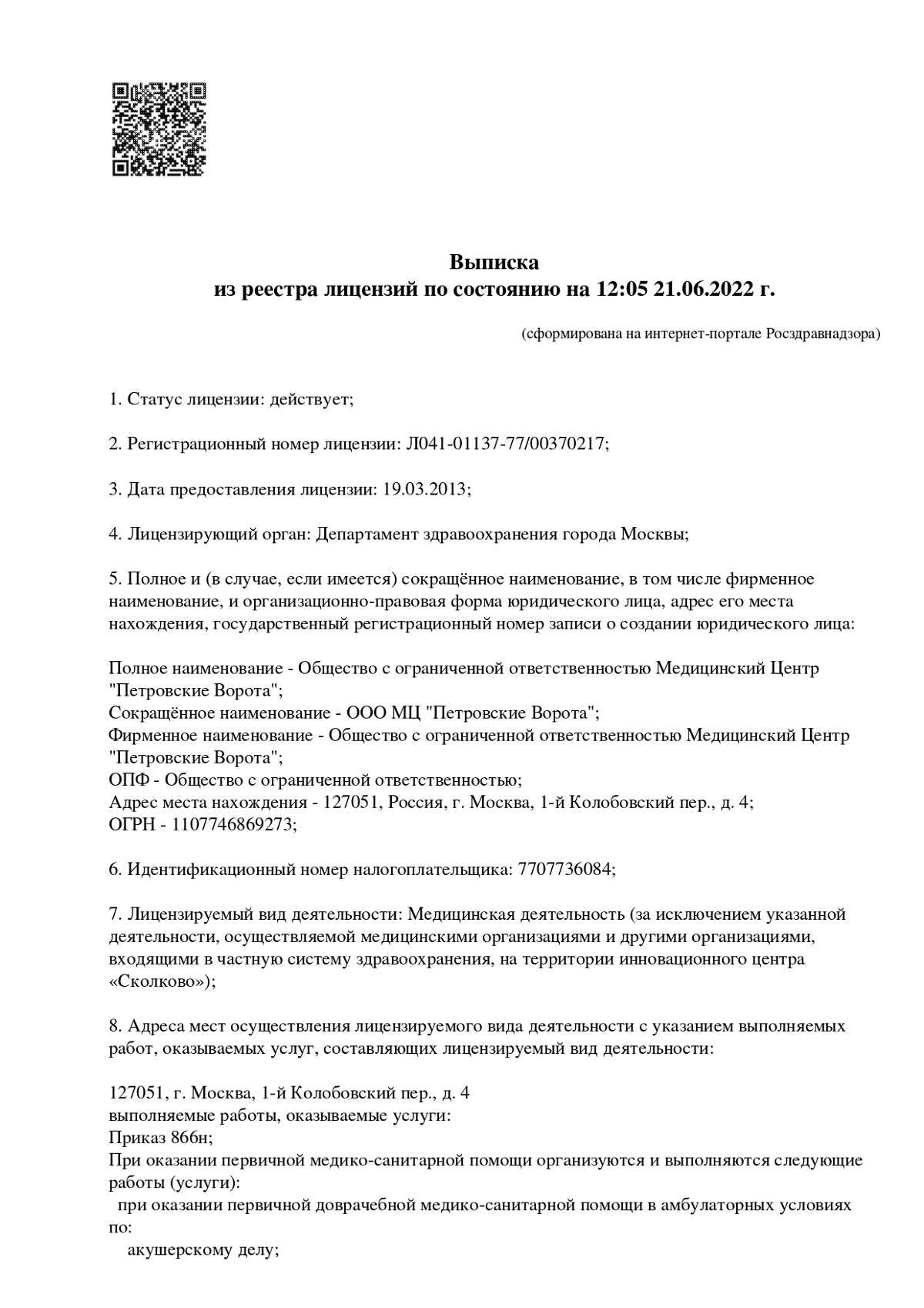
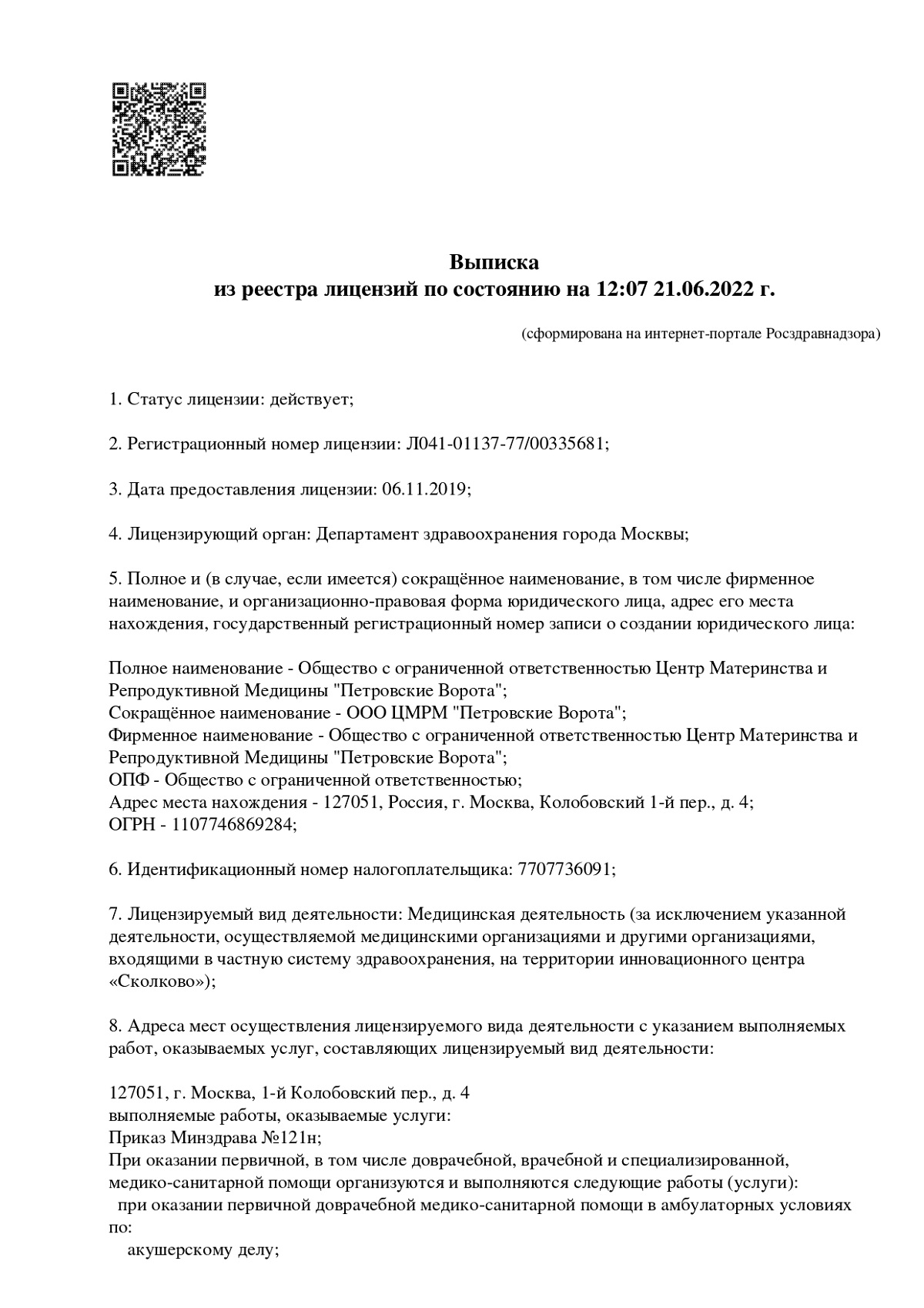

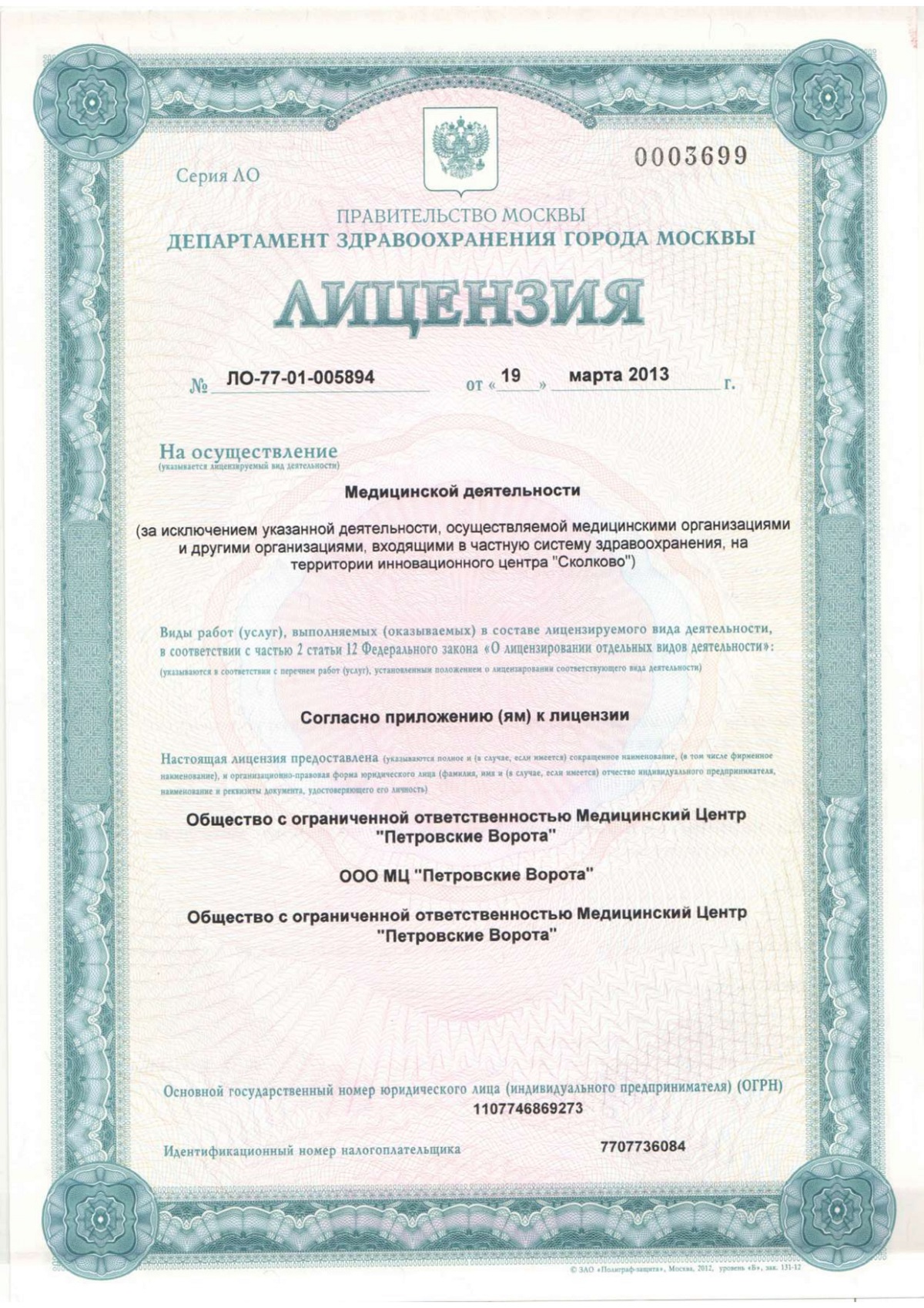
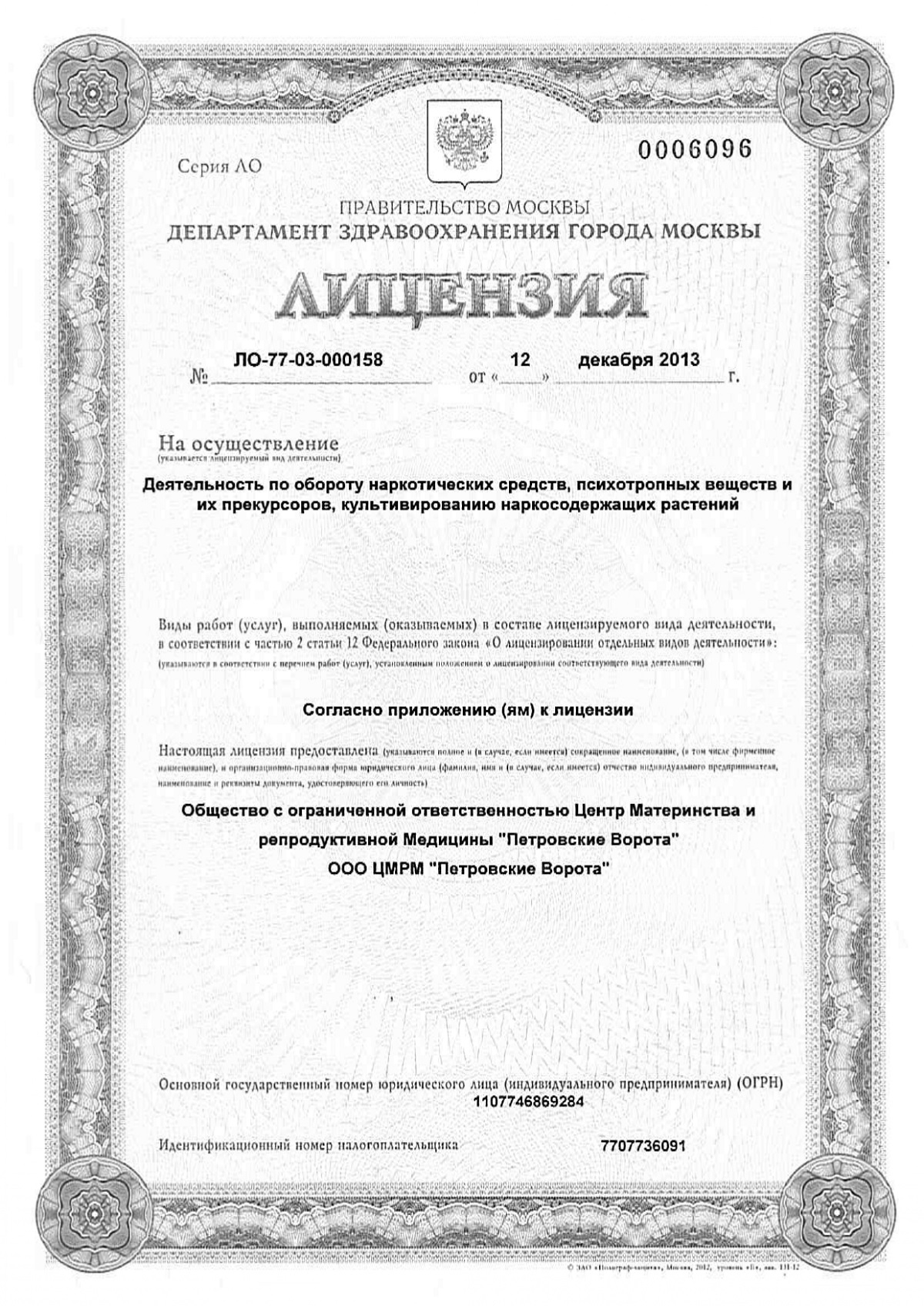
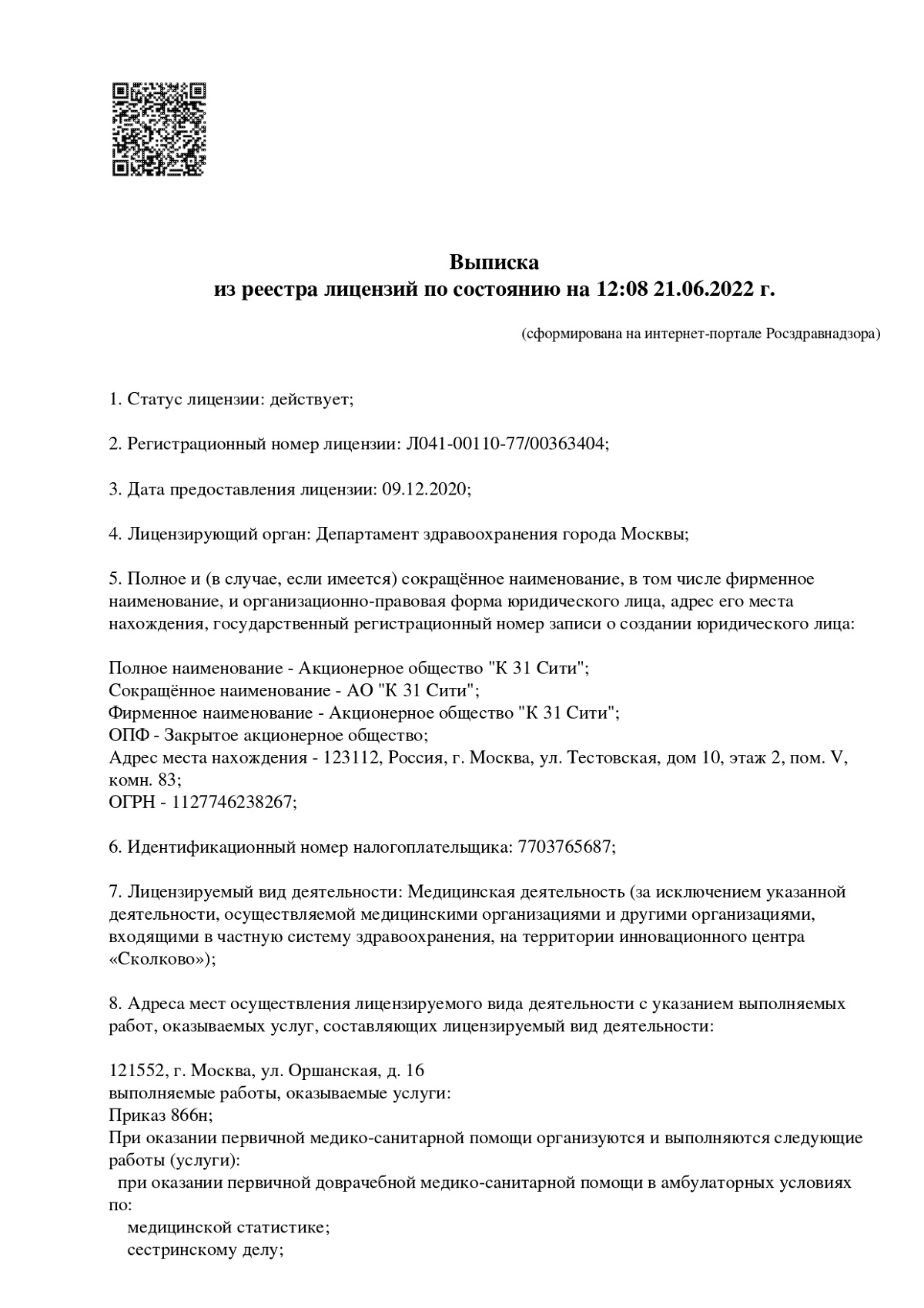
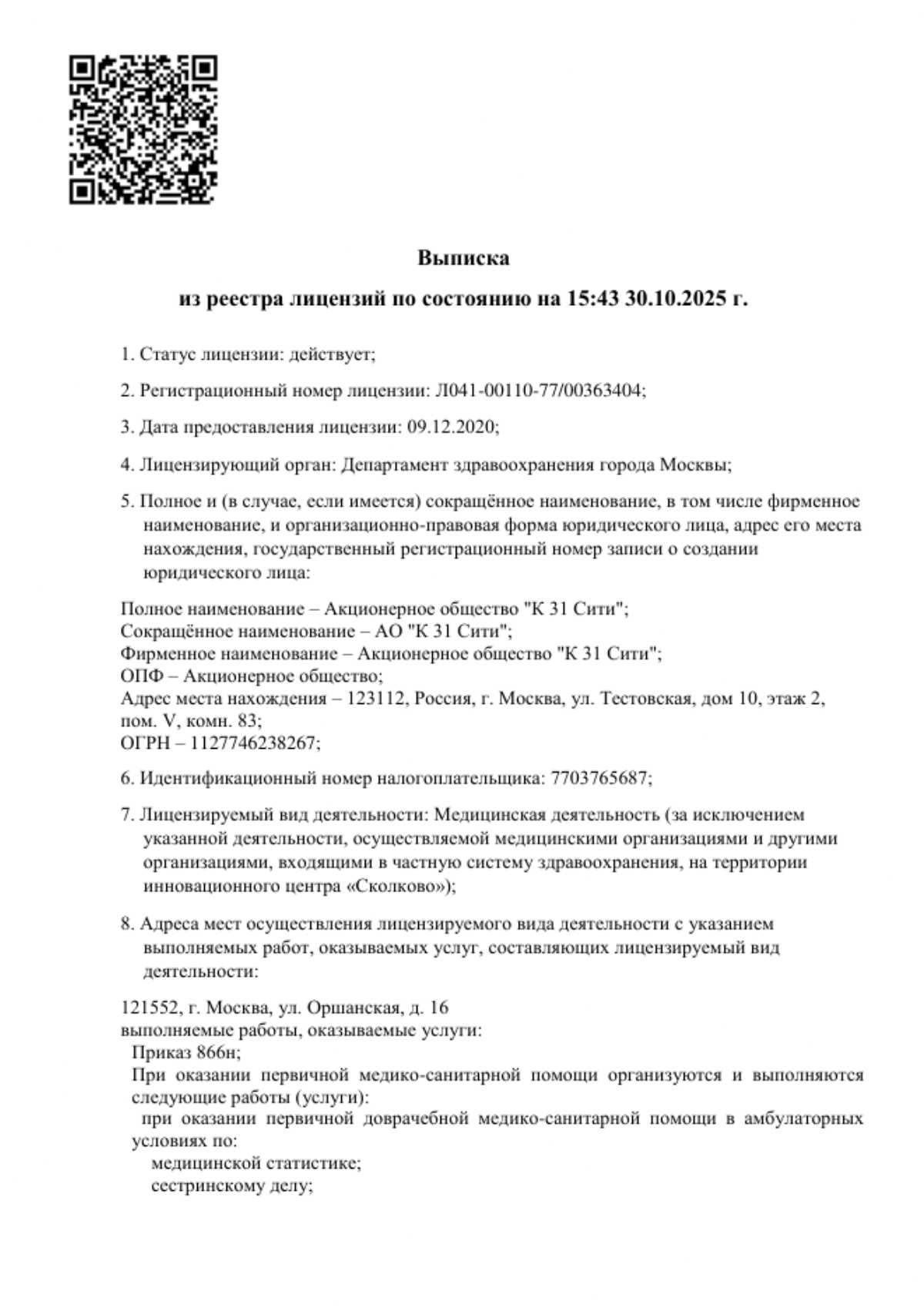

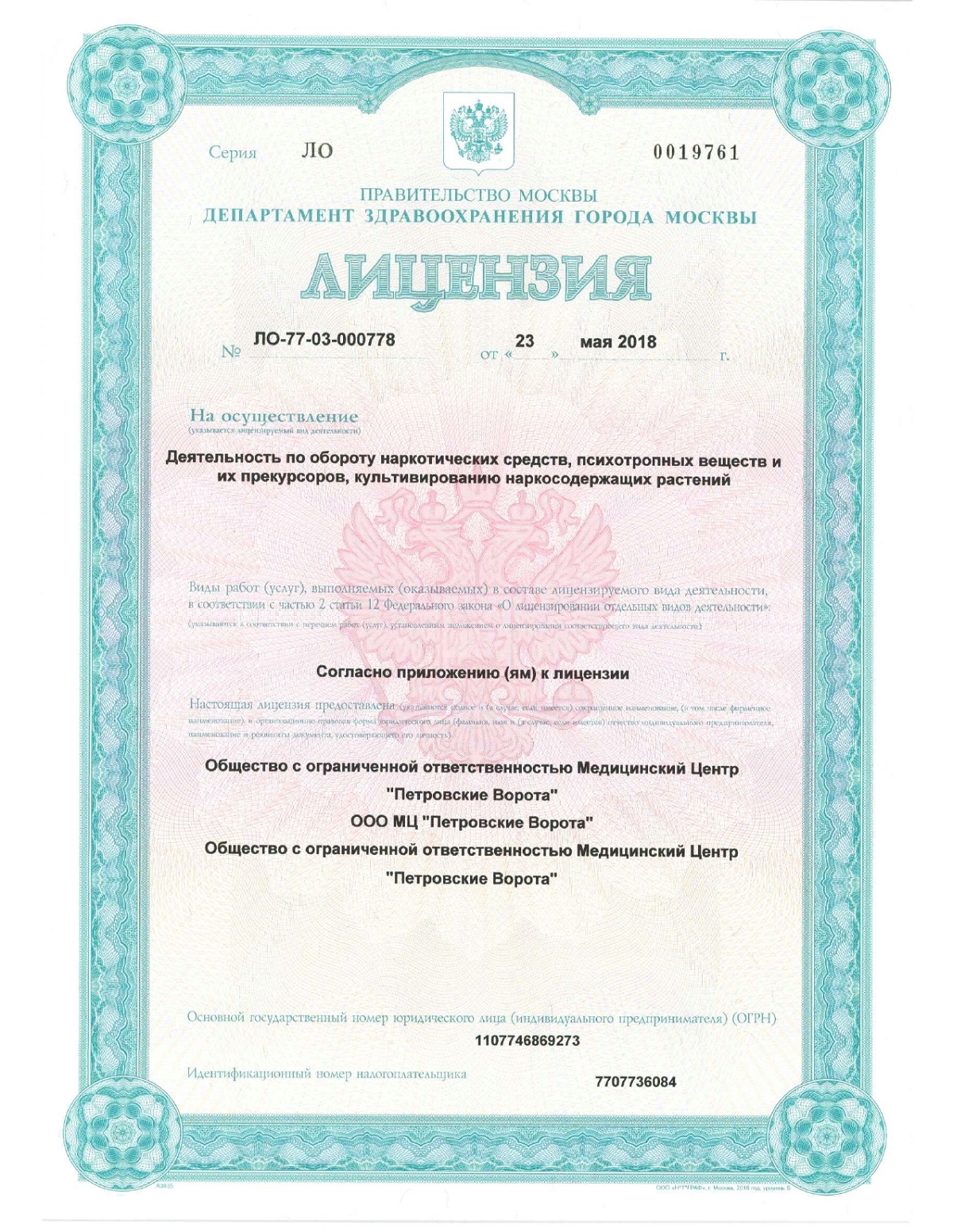
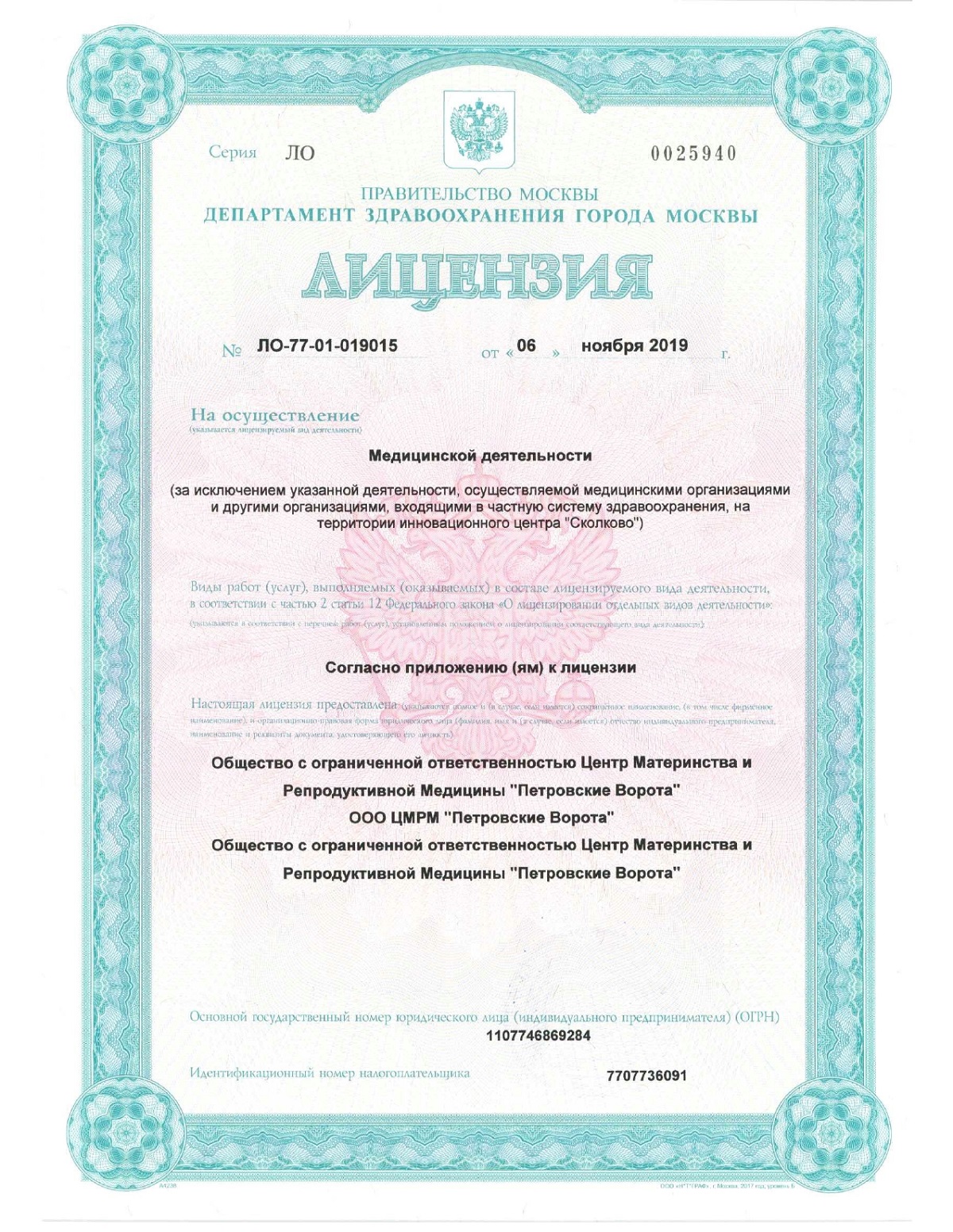
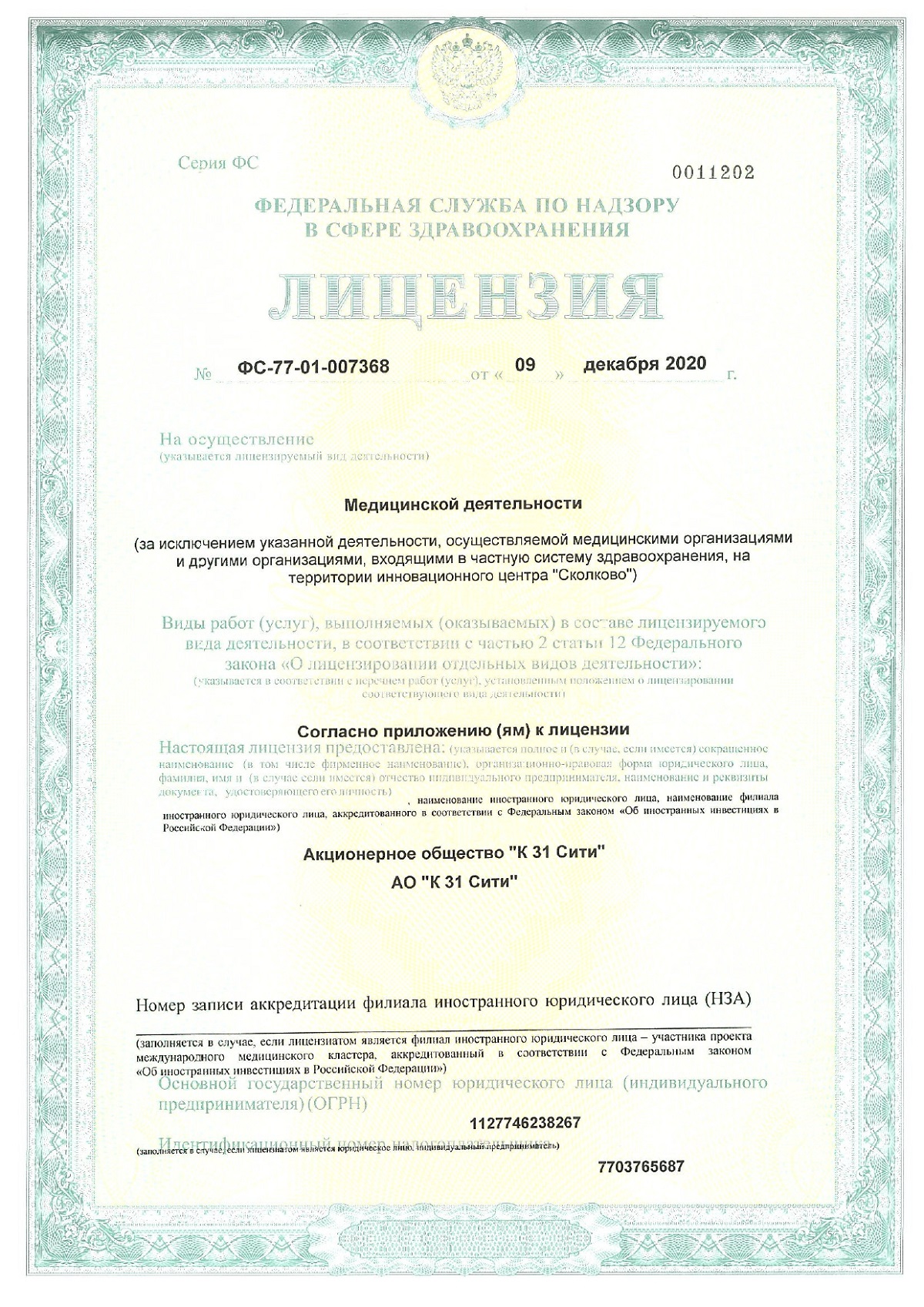



Gallbladder Removal Methods
Cholecystectomy can be performed in several ways:
The choice of method depends on the individual characteristics of the patient, the severity of the pathology and the presence of concomitant diseases. Doctors at the K+31 Medical Center in Moscow perform operations of any complexity.